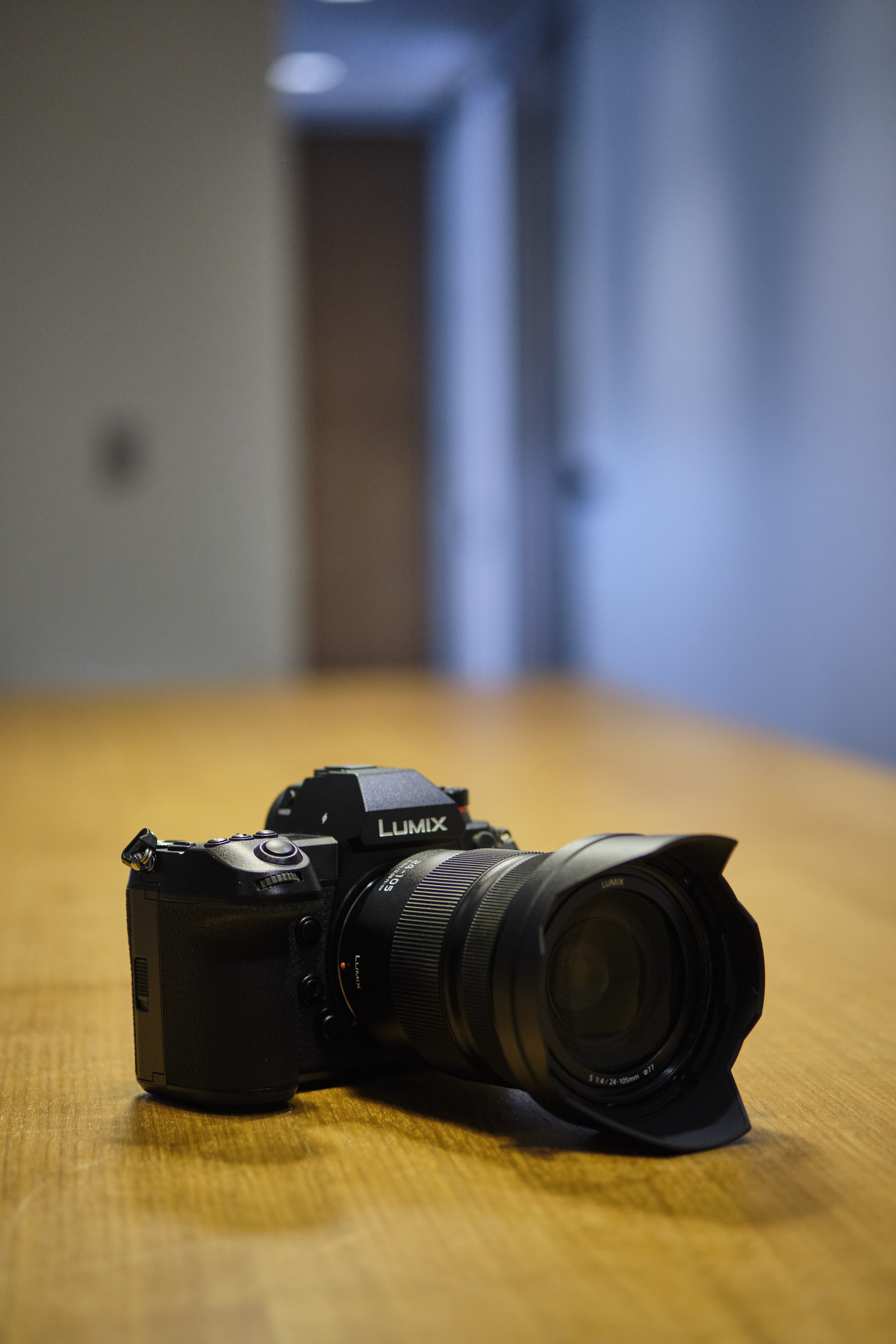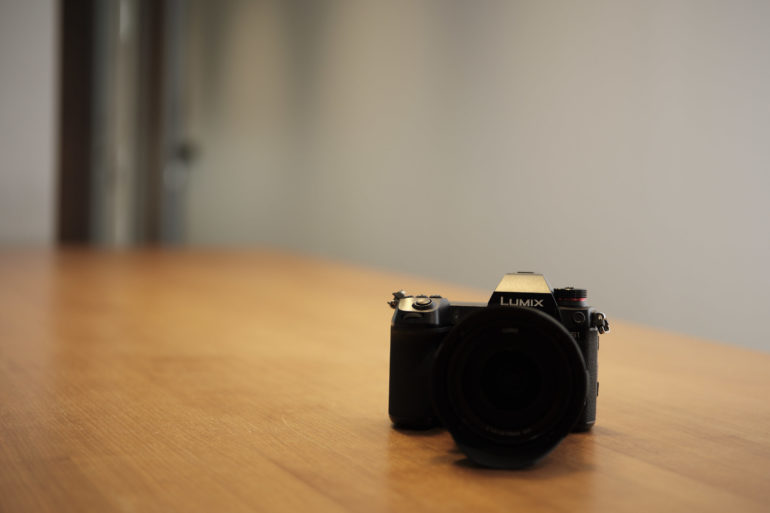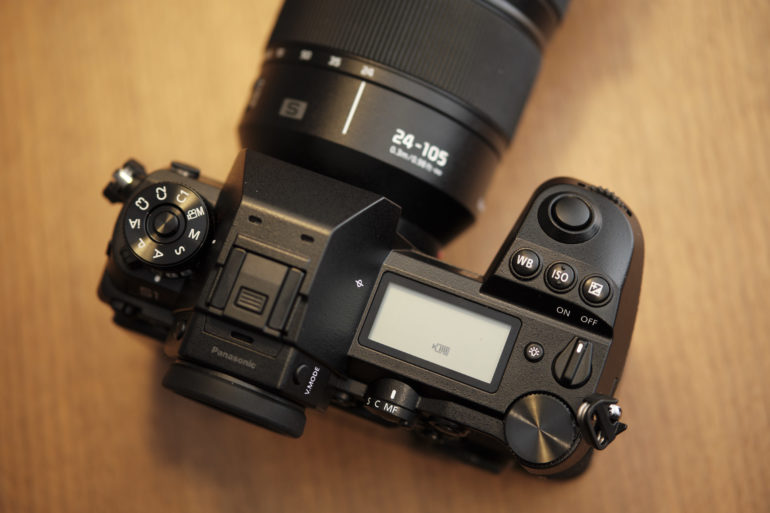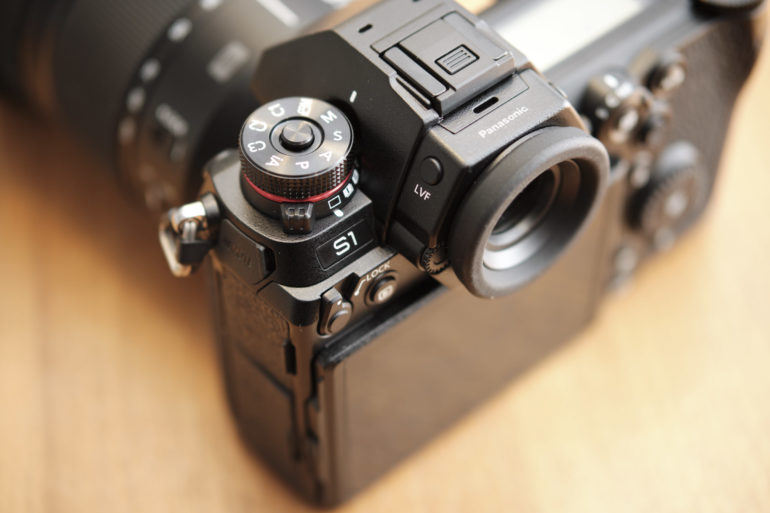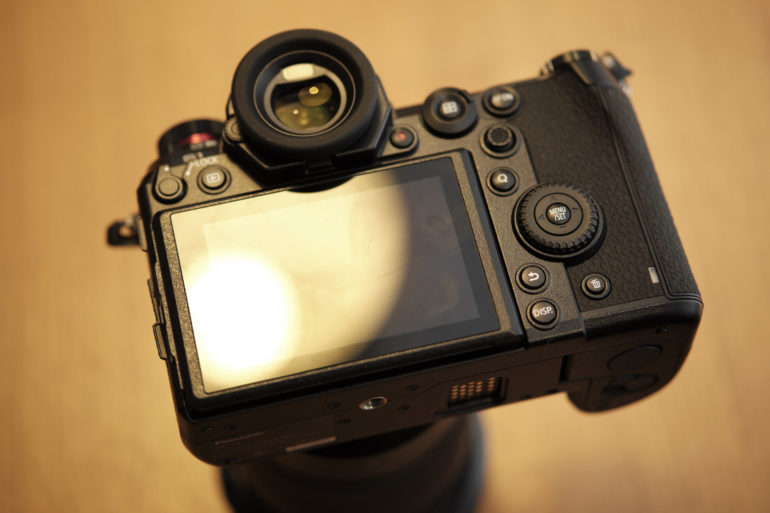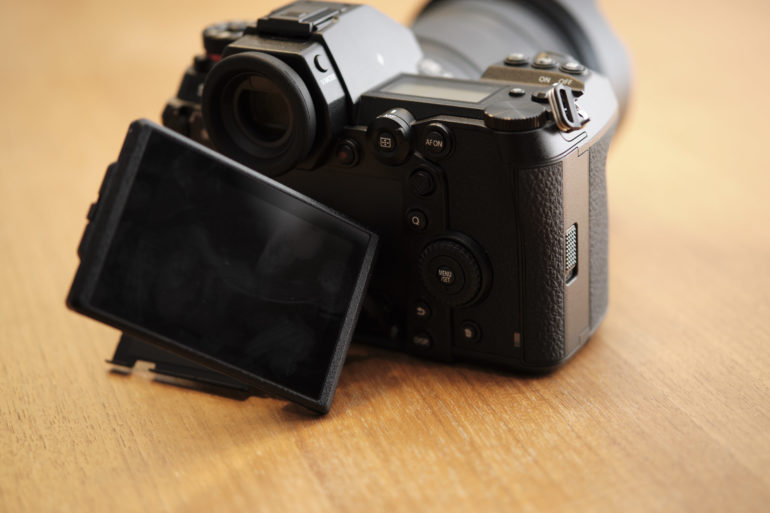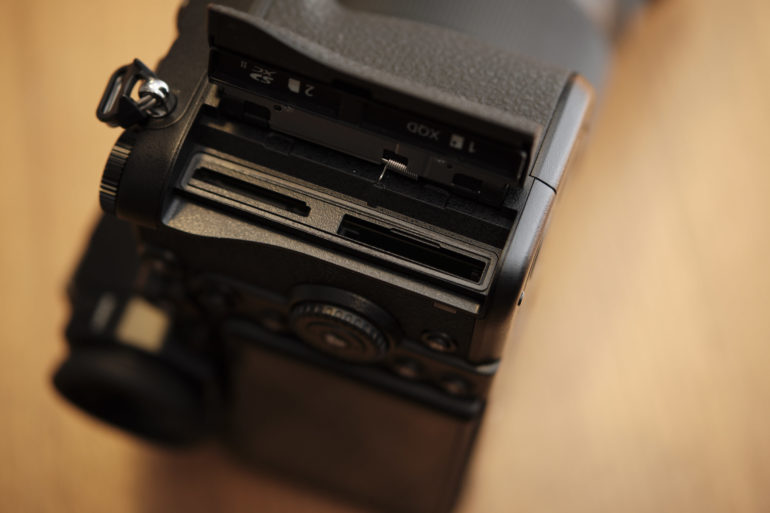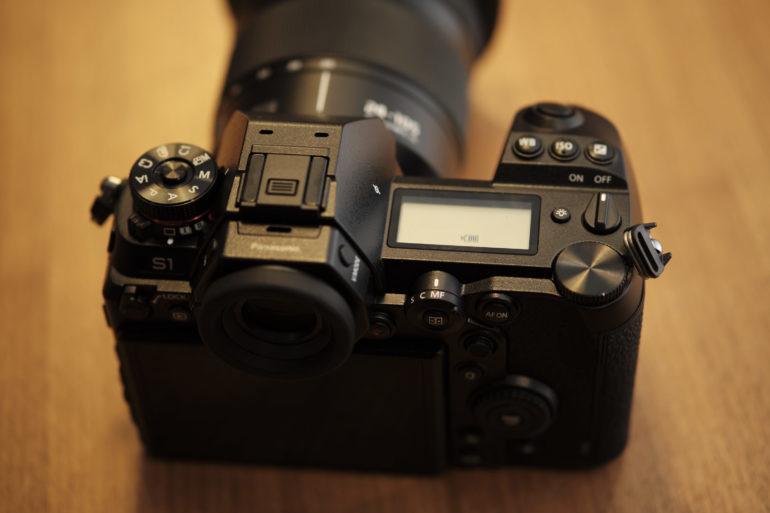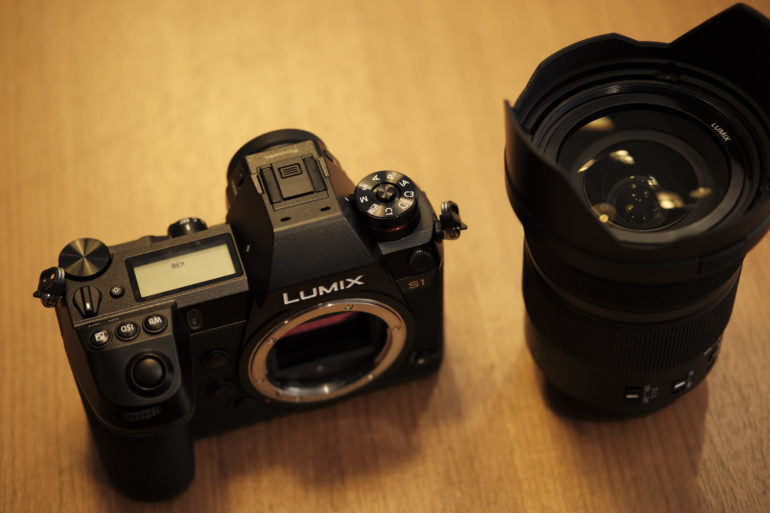Last Updated on 02/28/2019 by Chris Gampat
The Panasonic S1 feels like Canon, Nikon and Pentax had a love child, got rid of the mirror and went into an open relationship with Sigma and Leica.
When Panasonic announced at Photokina last year that they were coming out with new full frame cameras in cooperation with Leica and Sigma, I think that the entire photo industry was put on notice. There are lots of folks who think that Panasonic created the first real, major threat to Sony in terms of something that professionals would want to use. The Panasonic S1 is only one of the new cameras that the company announced, but during our recent visit to Panasonic’s headquarters, it was the only one available for us to play with. This camera truly feels like a DSLR and in no way feels like a mirrorless camera that we’ve seen and held before. It throws all of the retro aesthetics and idea of embracing a small size out the window and instead does the human equivalent of taking up extra seating space unnecessarily in a public area. When you get your hands on it, you’ll feel the exact same way.
2/28/2018: Updated with Sample images
Before I go on, I want to add in one major tidbit: the L mount alliance sounds much better than the Micro Four Thirds alliance. L mount is all about following specifics with mechanics and the mount where Micro Four Thirds was more so about just the mount. In my opinion as a journalist covering the mirrorless camera world for many years, the Micro Four Thirds coalition members basically always felt like they were trying to screw each other over. I’m being promised that that shouldn’t happen with L mount.
Tech Specs
- Dust and splash resistant
- 24.2MP sensor ISO 100-51,200
- High res mode for both of the cameras: 96MP shot options. It does stitching by shooting in mode 2.
- 6 stop of IS and 5 axis stabilization
- 4K 60p video
- Highest res viewfinder at 5.760million dot
- 2.1K LCD screen on the back
- OLD finder
- Dual card slots, XQD and SD
- -6EV low light AF for autofocus (rated at f1.4)
- -3 EV low light and low contrast situations for autofocus (rated at f1.4)
- AF-S 9fps shooting and AFC 6fps
- Tri-axial tilt screen
- Operating temp down to -10 degrees Celsius
- Magnesium alloy body
- Status LCD from G9
- DFD AF system that been revamped to cover a full frame sensor
- Durability of the shutter is rated to 400K for shutter life
- New Venus engine
- I.S. Status scope: it shows you how much the camera is moving (works for longer exposures)
- Highlight weighted metering system
- New white balance warm system
- Sheer overlay: reference image and then overlaid onto the screen for usage afterwards.
- 2:1 aspect ratio
- 65:24 ratio; XPan mode-like
- Color profile customizability
- L mount
- USB-C power supply
- Heat dispersion design
- Joystick improvement
- Intervalometer function
- WiFi
- Bluetooth
- GPS
- Post focus functionality
- Slow motion capability
- Headphone and microphone
- Deep learning AI technology to enhance autofocus
- Animal recognition, but not Animal eye recognition
- XQD and SD (UHS 2 V90)
- Will be firmware updated to support CFExpress, with XQD
- HLG photo mode: based on the BT2100 color space which is beyond Adobe RGB.
- There is a 480x/second communication between the sensor, lens and processor via DFD
- Illuminated Read buttons, you can do it via pressing the illumination button for the display or you can set it to a default. The Q menu, play button, display and the trash button
- Operation lock switch
- The cameras have different menus and capabilities
- EVF has 5 elements with 0.78 magnification
- Bayonet style eye cup
- You can finally put Copyright info into the camera
- Focus ring control: you can set it to a linear throw and adjust the degree that the throw is.
- Separate quick menus for video and photo users
- Brand new battery: 3050 milliamp hour; it explain the larger camera and body overall
- On the S1, there is no time limit for video and there is also the option of capturing full sensor video width
Ergonomics
When you look at the Panasonic S1, you’re almost remiss to think that it is a mirrorless camera. But indeed, it is. The Panasonic S1 has a large mount like most other mirrorless camera makers and a few customizable buttons around the mount. Then there is the big grip.
This grip is pretty damned big. In fact, my hands even have a bit of difficulty reaching around it fully and holding the camera. To clarify that statement, I held the camera for shooting, not just to hold it. It’s comfortable, but I genuinely believe that those with larger paws will feel more at home with this camera. On the top here we can spot the three main exposure buttons as well as the on/off switch being behind the shutter. Then the exposure dials are below the shutter and towards the back top. Oh, and there is a massive LCD screen.
On the other side there is a mode dial and for some odd reason, intelligent Auto mode is there.
Under this dial is a switch unlike many others. While switches from other cameras offer a low continuous and a high continuous shooting mode, the Panasonic S1 offers photographers a different set of shooting modes. Photographers can shoot single shot, a programmable mode 1 and a programmable mode 2. In our presentation, the demo unit had continuous shooting and handheld high res shot mode as mode 2. To me, this is pretty fascinating.
The back of the Panasonic S1 is again, very DSLR and G9 like. There is a massive dial in the back along with a joystick which Panasonic said that they improved but I’m personally not the biggest fan of. While there are a ton of buttons here, I’m going to say with all honesty that the highlight is the viewfinder. The Panasonic S1 has what equates to a 5MP viewfinder. The eye cup is a bayonet mount and so you need to move the screen and undo it. You can also twist and turn it to help you out more with shooting in portrait mode. It’s quite fascinating.
The Panasonic S1 LCD screen comes out and tilts to the side like Fujifilm’s options. It’s nice but practically speaking I’ve never really been sure to know how often I’d use a feature like this.
The Panasonic S1 also has dual card slots: one is SD and the other is XQD. The XQD slot will be firmware upgradable to CFast in the near future.
Build Quality
The Panasonic S1 is said to have a number of weather resistant seals built into it. However, Panasonic isn’t saying anything in regards to just how durable it will be unlike the Olympus OMD EM1x which is rated to IPX1. We’re going to need to thoroughly test this out.
Ease of Use
The Panasonic S1 has a number of buttons and dials in all the right places that photographers will truly enjoy. For anyone that has said that Sony cameras don’t feel like cameras but instead seem like computers, consider the Panasonic S1 to be a slap in the face to Sony when it comes to the layout. The Panasonic S1 foregoes the ISO dial (though it can probably be programmed to a dial, we’re not sure yet) and instead adds ISO to a button. White balance is also a button–which is pretty imperative for photographers who shoot in the studio and those who value color consistency.
According to our reps, the menus on the Panasonic S1 and the S1R will be different to cater to the different needs.
Autofocus
We played with a pre-production unit of the Panasonic S1 and the 24-105mm f4. The autofocus performance in Panasonic’s offices seemed standard and nothing out of the ordinary, but we will need to do much more thorough testing on actual subjects to see how it performs.
Image Quality
Due to the Panasonic S1 being a pre-production model, we weren’t able to stick an SD card into it. But that may change soon.
Update: Sample Images below.



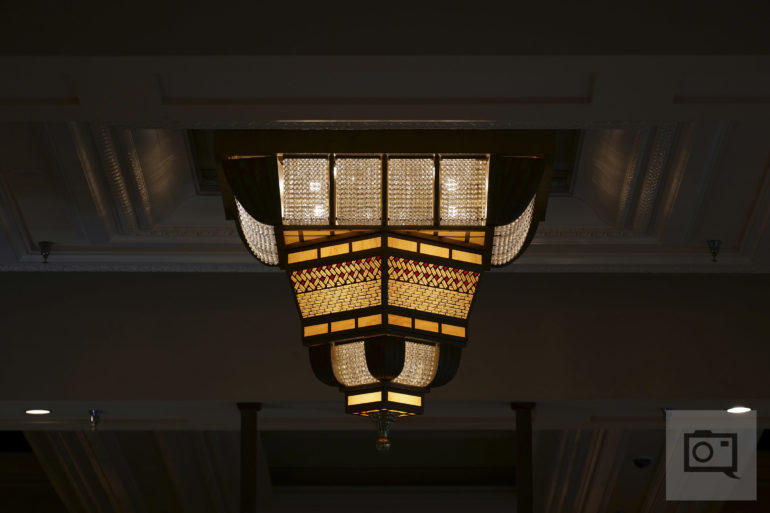
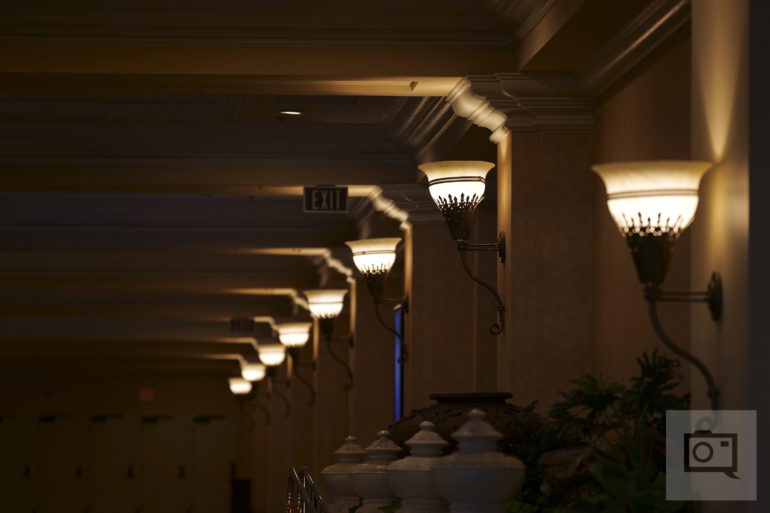
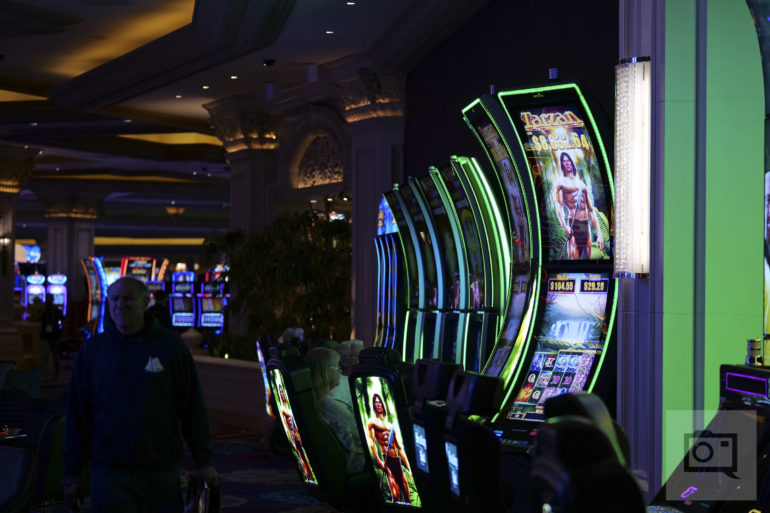
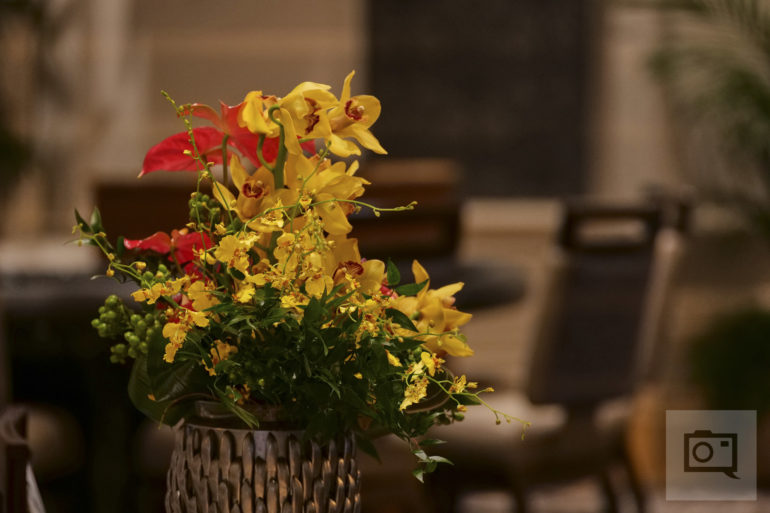
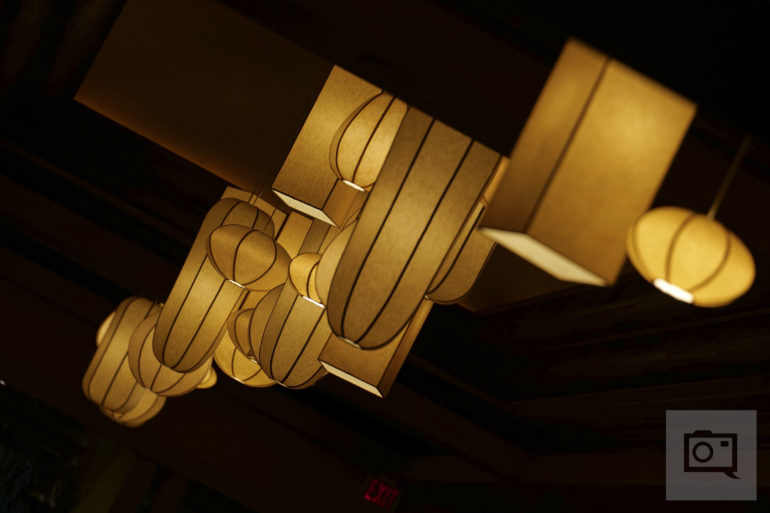
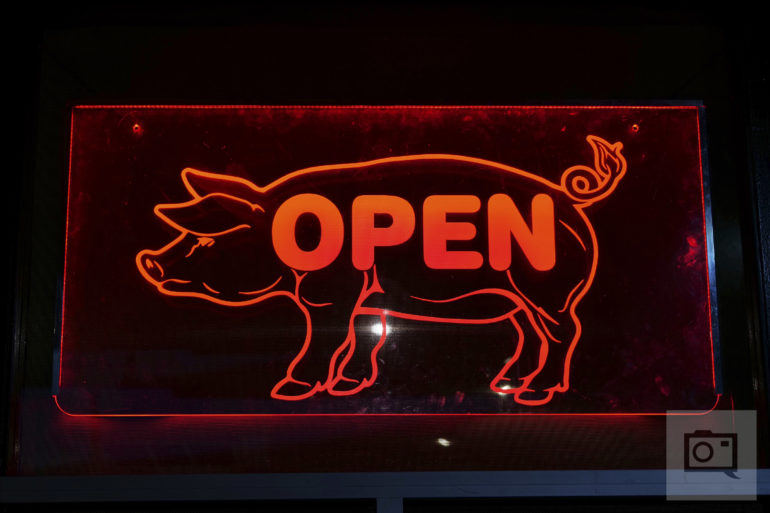

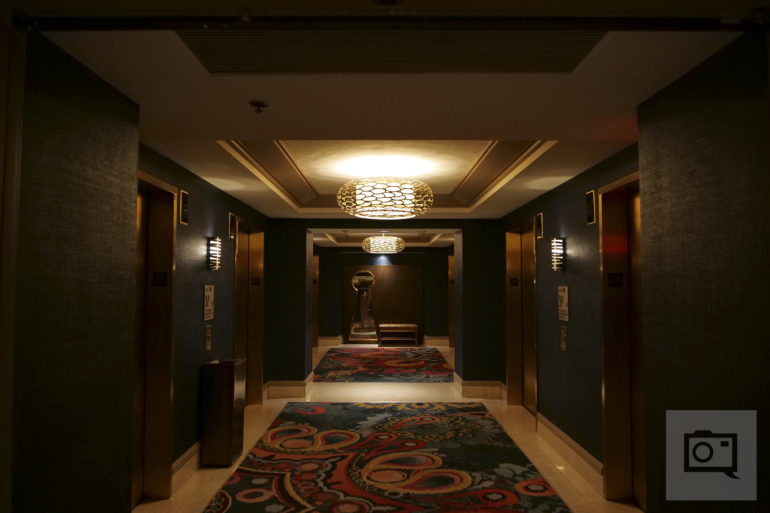


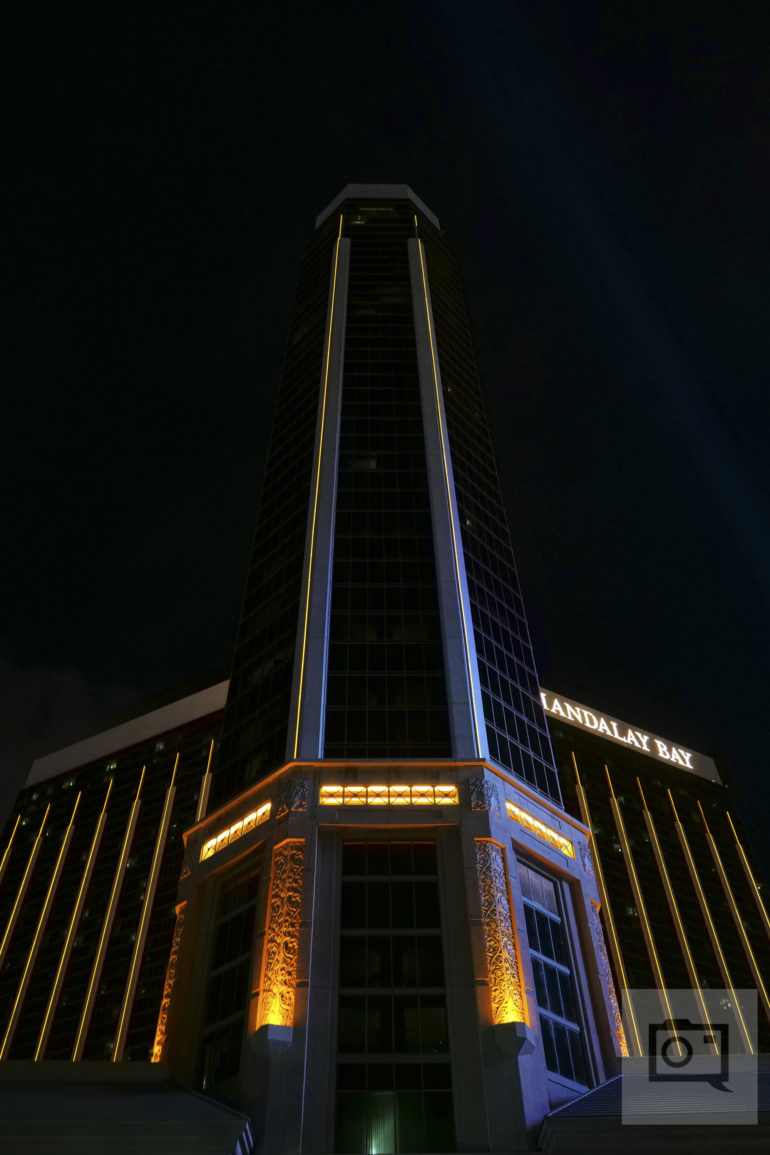
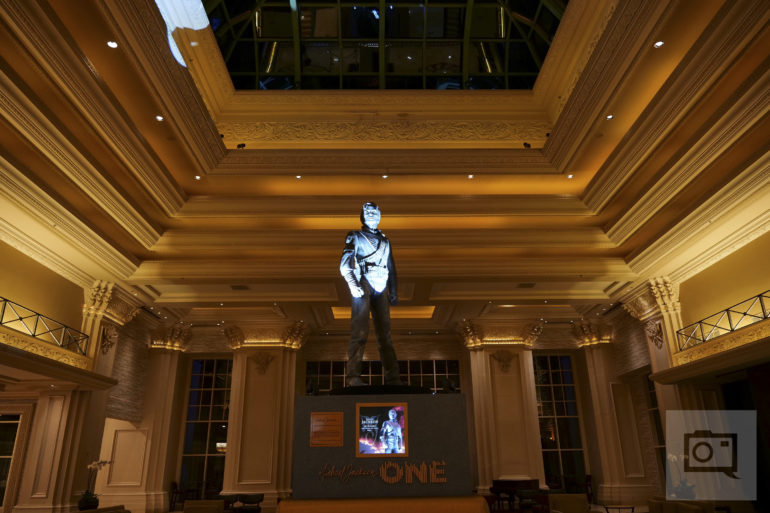
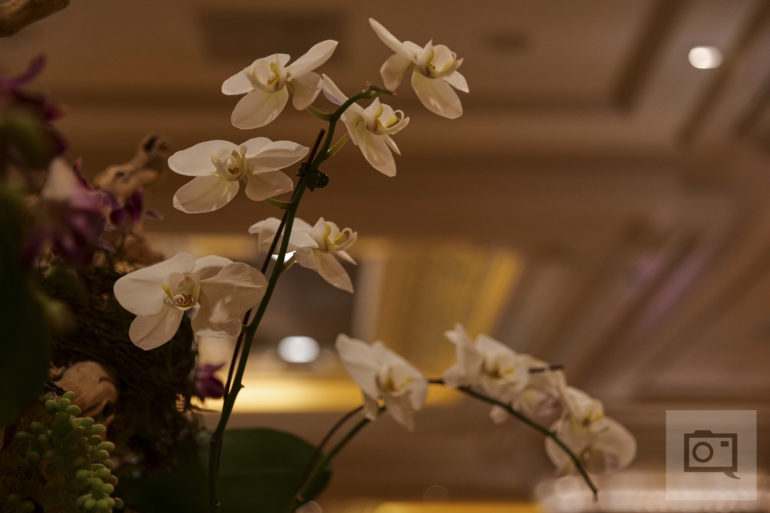
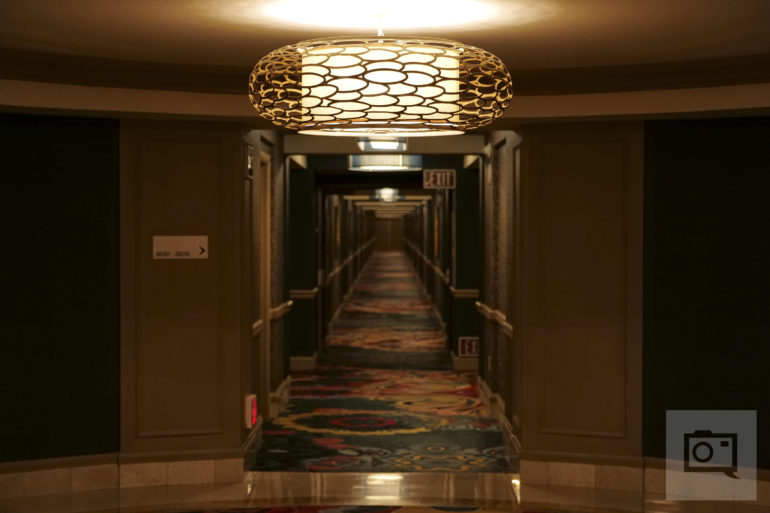

First Impressions
We’re very pleased with the Panasonic S1 so far. It seems like Panasonic is creating the most serious camera out there when it comes to mirrorless full frame in many ways–except I really still don’t understand that intelligent auto setting being on the mode dial. The ergonomics handle nicely depending on how big your paws are, and Panasonic is doing a whole lot to win over DSLR shooters with this camera.
We’ll be working with the Panasonic S1 a bit more in the coming future, so stay tuned.


